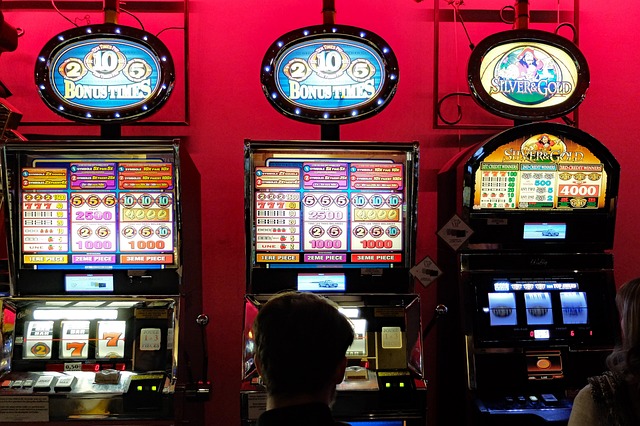When choosing a slot machine to play, one of the most important factors to consider is the Return to Player (RTP) percentage. RTP represents the average amount a slot machine is expected to return to players over time, expressed as a percentage of the total wagered amount. Understanding RTP is essential for making informed decisions about which slots to play and how to manage your bankroll effectively. This article explores the role of RTP in slot machines, how it impacts gameplay, and what players should know to maximize their chances of success.
What Is RTP and How Does It Work?
RTP, or Return to Player, is a theoretical measure of a slot machine’s payout potential over the long term. For example, a slot with a 96% RTP means that, on average, it will return $96 for every $100 wagered. It’s important to note that RTP is calculated over millions of spins and doesn’t guarantee individual results. Some players may experience big wins, while others may lose. RTP gives players an idea of the machine’s long-term payout rate, helping them assess which slots offer better chances of retaining their bankroll. Higher RTP slots are generally more favorable for players.
Why RTP Matters for Players

RTP plays a crucial role in a player’s overall gambling strategy. High RTP slots tend to offer better long-term value, making them attractive to players who prefer to stretch their bankrolls over extended sessions. While no slot machine can guarantee consistent wins, choosing games with higher RTP percentages improves the odds of more frequent or substantial returns. Many online casinos display RTP information in the game’s details or help section, allowing players to make informed choices. Understanding RTP helps players set realistic expectations and avoid falling into the trap of chasing losses on low-paying machines.
Balancing RTP with Volatility and Game Features
While RTP is an important factor, it should be considered alongside volatility and game features. Volatility, also known as variance, measures how often and how much a slot pays out. High volatility games may offer big wins but less frequently, while low volatility slots provide smaller, more regular payouts. Some slots with high RTP percentages may have low volatility, making them suitable for casual players, while others combine high RTP with high volatility for a more thrilling experience. Additionally, features like bonus rounds, free spins, and multipliers can enhance gameplay and impact the overall payout potential.
Tips for Maximizing RTP Benefits

To make the most of RTP, players should focus on choosing games with high RTP rates—typically 95% or higher. Researching game details, reading reviews, and trying free demo versions can help identify which slots offer the best value. Players should also practice responsible bankroll management, setting limits on time and spending to avoid chasing losses. It’s crucial to remember that while RTP improves the long-term odds, it doesn’t eliminate the house edge or guarantee individual wins. Balancing enjoyment with informed decision-making creates a more satisfying and sustainable slot experience.
Conclusion: Informed Play Leads to Better Outcomes
The RTP of a slot machine is a key factor that influences a player’s long-term success and enjoyment. By understanding how RTP works and considering other factors like volatility and game features, players can make smarter choices when selecting slots. While no slot machine offers guaranteed payouts, focusing on high-RTP games and maintaining responsible play habits can increase the likelihood of enjoyable and rewarding gaming sessions. In the end, knowledge and strategy are as important as luck in shaping a successful slot machine experience.
